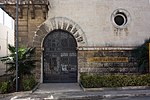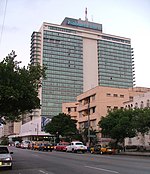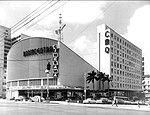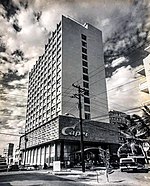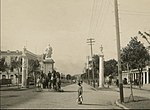Centro Habana
Municipalities of Havana

Centro Habana is one of the 15 municipalities or boroughs (municipios in Spanish) in the city of Havana, Cuba. There are many retail spaces (such as Plaza de Carlos III commercial center, office buildings, hotels, bars and clubs (such as the Casa de la Musica on Galliano). A chinatown - Barrio Chino - is also located in this district. It is a smaller municipality of Havana, and it has the highest population density. Centro Habana is divided into five consejos populares (wards): Cayo Hueso, Colón, Dragones, Los Sitios and Pueblo Nuevo.
Excerpt from the Wikipedia article Centro Habana (License: CC BY-SA 3.0, Authors, Images).Centro Habana
Universidad,
Geographical coordinates (GPS) Address Nearby Places Show on map
Geographical coordinates (GPS)
| Latitude | Longitude |
|---|---|
| N 23.133333333333 ° | E -82.383333333333 ° |
Address
Universidad
10428 (Príncipe)
Havana, Cuba
Open on Google Maps



